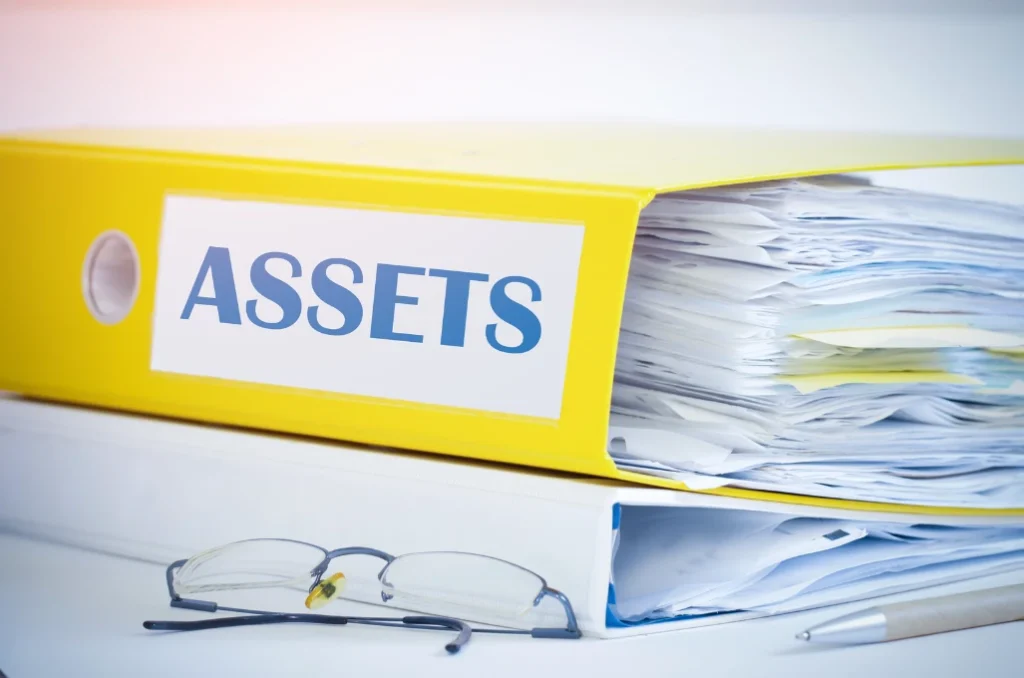Assets definition and the Different types of assets
An asset refers to a resource having an economic value. It may be of a corporation, an individual, or a country, assuring future benefit. Go through this blog and plan your asset types.
Assets definition:
An asset is a resource taking many forms and includes buildings to cash. All these appear on the balance sheet. It is used to generate revenues now or in the future. These resources are spent or used, transferred to the income statement from the balance sheet, and are known as expenditures.
What are Assets vs. liabilities?
Assets increase the equity of your company and add value to your company. On the other hand, liabilities reduce the value equity of the company. The more the assets outweigh the liabilities; your business’s financial health is stronger. However, more liabilities than assets indicate losing business.
Assets examples are:
Cash, Investments, Machinery, Office equipment, Inventory, Company-owned vehicles, and Real estate.
Liabilities examples are:
Taxes owed, Bank debt, Money owed to suppliers, Mortgage debt, and Wages owed.
What are a few assets examples?
There are a variety of assets performing at their highest level. They include:
- Trademarks
- Cash and cash equivalents
- Product designs
- Inventory
- Marketable securities
- Software
- Equipment
- Furniture and fixtures
- Accounts Receivable
- Land
- Computers
- Distribution rights
- Patents
- Mineral rights
- Buildings
Is cash an asset?
Cash is a short-term, ultimate asset. Other assets can be easily purchased using cash, since cash is the most liquid type of asset.
What are current assets?
Current assets are liquid assets that are easily converted and sold. It brings in fast currency. Financial assets such as bonds, cash, stocks, mutual funds, and other securities marketable, are the most liquid current assets. Such assets are sold easily without affecting the price. The business’s current assets include accounts receivable, cash, prepaid expenses, and inventory.
What are fixed assets?
Fixed assets are long-term or hard assets. It takes a long time to earn value. It is seen as a low liquidity asset such that it is not easy to be sold to get the desired value. Some of the fixed assets examples are land, buildings, furniture, or other asset types not for sale intention.
What is a liquid asset?
A liquid asset is an asset type that is exchanged for cash. These are valuable assets that are easy to convert into cash. The liquid assets commonly include:
- Deposit certificates
- Cash
- Stocks
- Bonds
- Treasury bills and bonds
- Money market funds
- Mutual funds
- Exchange-traded funds
- Precious metals
What are tangible assets?
Tangible assets refer to real property such as machinery, real estate, inventory, furniture, or cash. These are tangible physically and are in the possession of an owner. Tangible assets are also known as current assets.
What are intangible assets?
Intangible assets are goods or items existing theoretically than physically. The intangible assets examples include patents, intellectual property, permits, brand reputation, and trademarks. It boosts the value of your company with successful use.
What are digital assets?
Digital assets are the content of the asset stored digitally. It may be photos, images, or videos of files having text, slide decks, or spreadsheets. The digital new formats keep emerging constantly and keep expanding. A digital asset expands and provides value to the company.
A few common digital file format types that represent digital assets are:
• Videos, Photos, Excel spreadsheets, Slide decks, Word documents, Audio files, HTML documents, PDFs, Notepad files, and Graphics.
What are the assets that make money?
Many entrepreneurs successfully use income-generating assets to multiply and ascertain steady revenue streams. Maintaining a portfolio of income-producing assets ensures investors can generate money consistently over time.
Investing in the assets of income generation involves paying money to acquire an account or asset to generate more in the future more income. The assets are attractive as they generate consistent and steady income over time. It is not easy to find investments that are passive and income-generating assets that require the involvement of medium to low levels. The potential returns and the time frame vary depending on the investment type.
A few of the common assets making money are:
- Stocks
- Real estate assets
- Money Market accounts
- Annuities
- Farmland
- Deposit certificates
- Savings accounts
- Peer-to-Peer lending
- Private equity investing
- Royalties
- Building a business
- Websites
How to calculate return on assets?
Formula:
ROA calculation is done by taking into consideration the net income of the firm based on its total assets as average. It is then shown as a percentage. The formula to calculate return on assets is:
Return on Assets= Net Income/Average Assets or End of Period Assets
Where:
• Net Income is the net income or earnings in a year
• Average Assets are the ending assets minus the beginning assets divided by 2.








